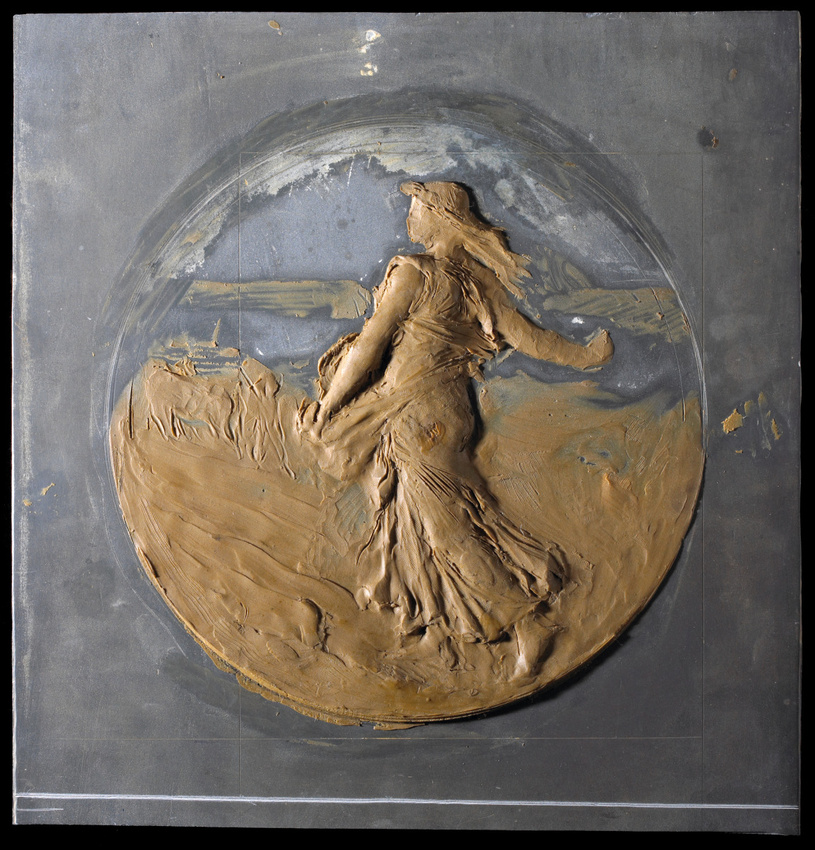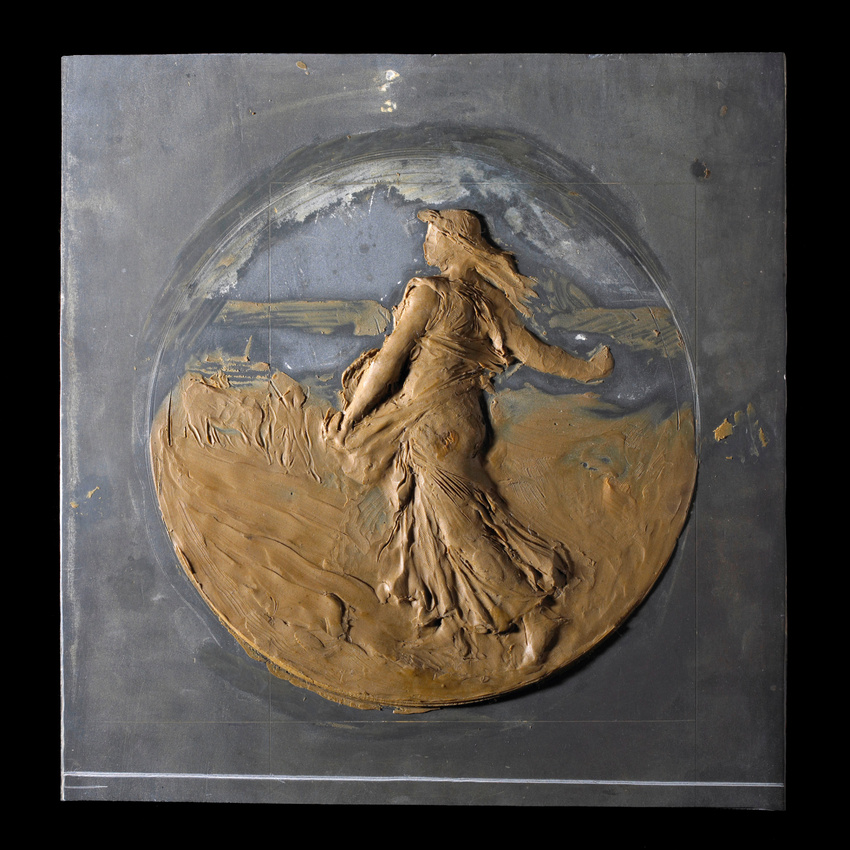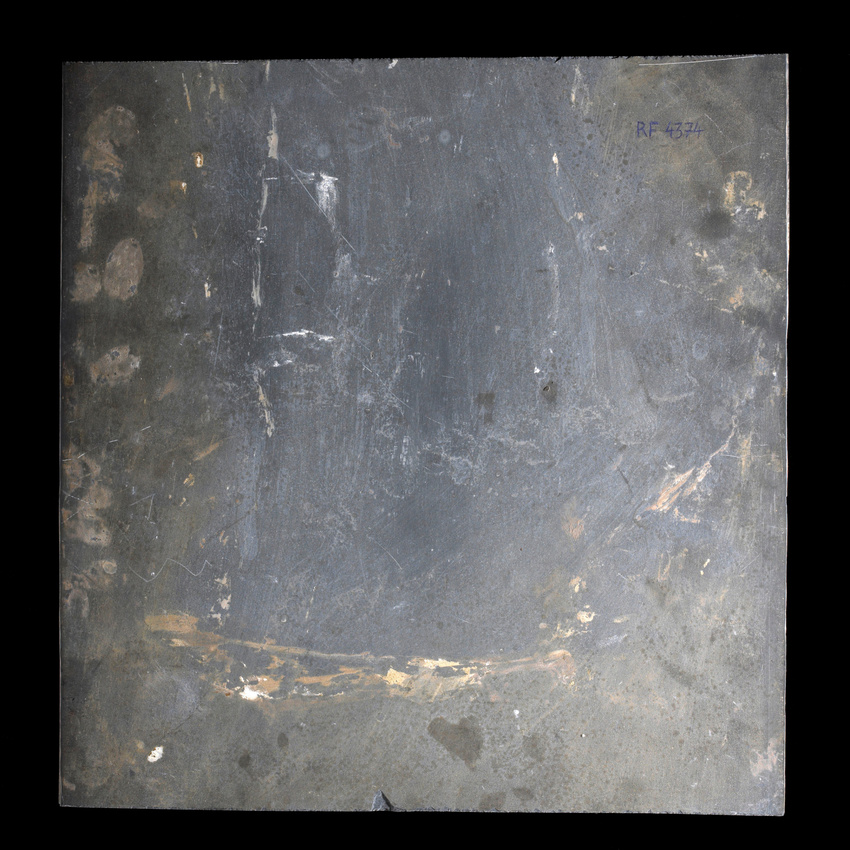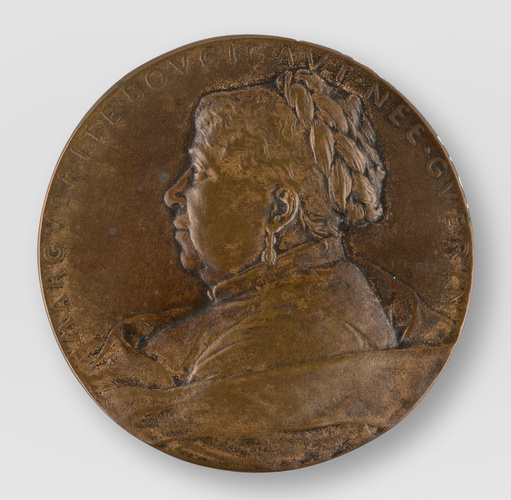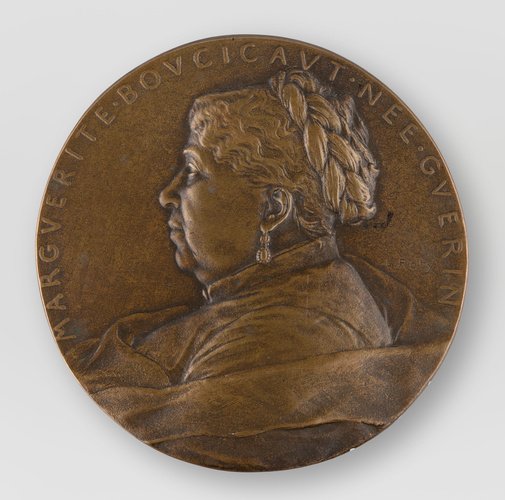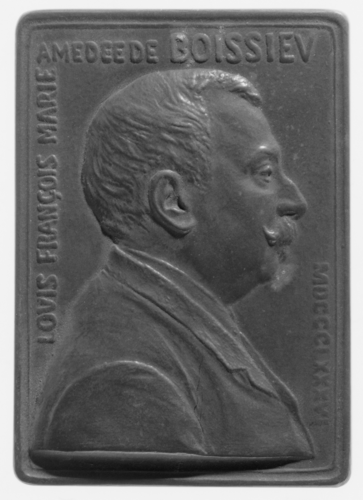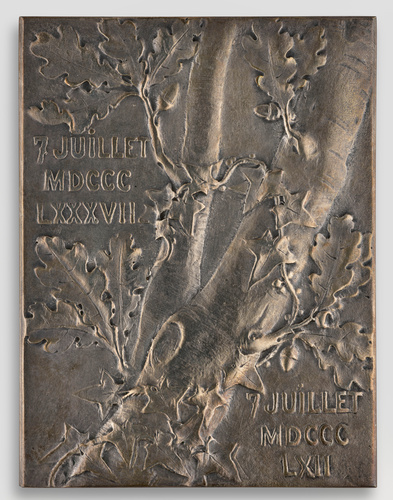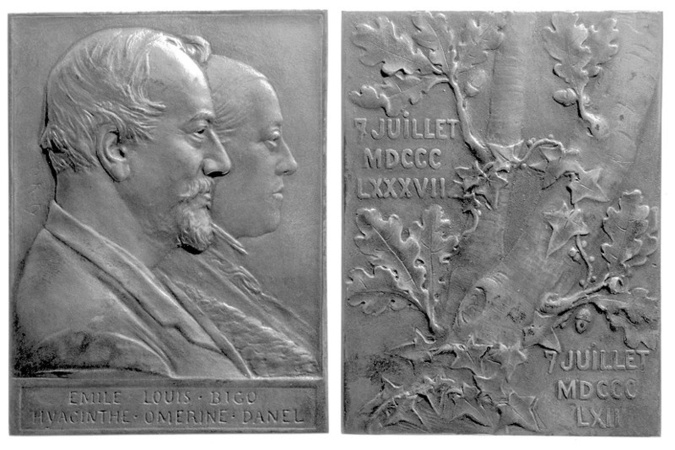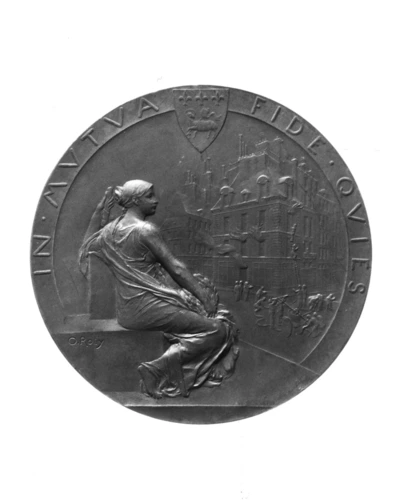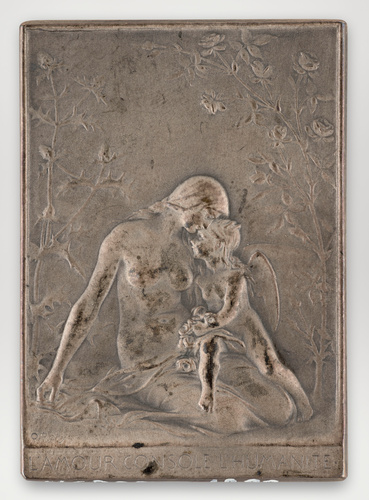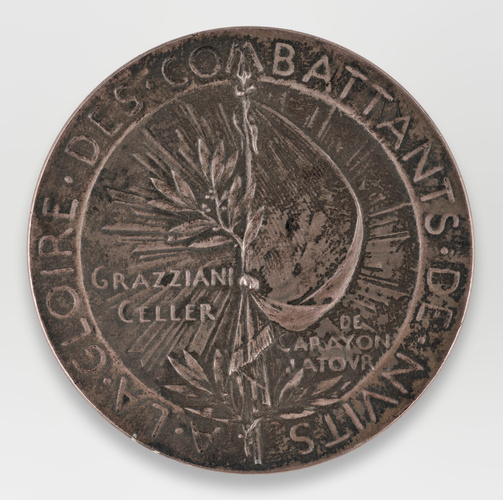La Semeuse
This Sower is a very familiar figure to the French: she was featured on the fifty centimes coin and on the one, two and five franc pieces until 2001, before appearing in a stylised version on the ten, twenty and fifty centime coins of the euro. She originally dates back to 1887. This was the year when Roty designed a prize medal commissioned by the Ministry of Agriculture, but the project was not followed through. In 1896, when the Minister of Finance commissioned some new coins, Roty was one of the artists selected. He went back to the Sower of 1887 but transformed his robust peasant into a slim Marianne, wearing the Phrygian cap of Liberty. The traditional profile of the Republic was abandoned in favour of a more active, standing figure.
This model provoked violent debate. The newspapers railed against it: "What is she sowing, this woman, with the fancy Phrygian cap? She is sowing disorder, anarchy, rye grass, hatred born of lies and immorality" (Le Moniteur, 28 February 1897). The allegory, however, is clear. "These seeds that she generously sows are the innumerable ideas that will germinate one day when we are no longer here." (La Liberté, 8 October 1898). The gesture is in fact more symbolic than realistic, because one does not broadcast seeds into the wind.
Originally, The Sower was used on the fifty centime to two franc coins introduced in 1897 and 1898, before appearing on stamps in 1903. It is thus the most widespread work of art in France. Even if the Musée d'Orsay medal collection does not include coins, this preparatory wax on slate, typical of a medal engraver's technique, and demonstrating Roty's virtuosity, is one of its finest pieces.
